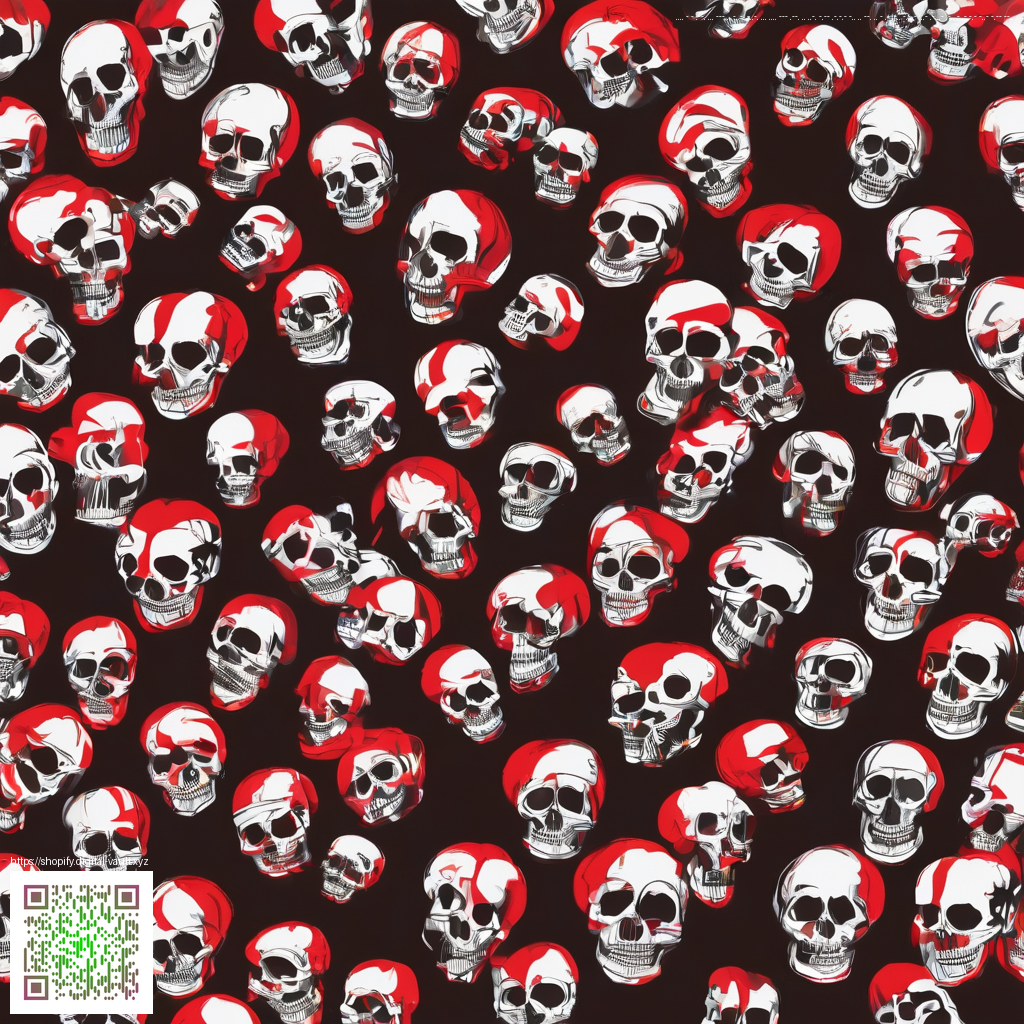
Selecting Ideal File Formats for Monetizing Digital Art
Choosing the right file formats is one of the most practical yet underappreciated steps in selling digital art. The format you deliver shapes how smoothly buyers can use your work, what kind of licensing you can offer, and how your files perform across devices and print workflows. A thoughtful approach to formats also reduces friction in the buying journey, whether customers are printing a large poster, using a product in a social post, or licensing a vector piece for a brand project. If you’re curious how these ideas translate into real-world offerings, you can explore examples and bundles on storefronts such as this storefront page, which demonstrates how format variety adds perceived value. And some creators even weave licensing opportunities into donation or support pages, like this page that pairs contributions with digital bundles.
Understanding Your Use Cases
Before picking formats, map out how your art will be used. The same artwork might appear as a web-ready image, a downloadable print file, and a licensed vector asset. Distinct use cases drive different requirements for color accuracy, file size, and editability. A crisp social post benefits from a compact, web-optimized file, while a gallery print needs a high-resolution, color-managed deliverable. Thoughtful planning helps you offer a flexible, buyer-friendly package that minimizes objections and returns.
- Web and social sharing: prioritize small file sizes and reliable color in sRGB. JPEG and PNG are the go-tos, with PNG favored for transparency and crisp edges.
- Print and licensing: demand higher fidelity and color control. TIFF, sometimes PDF, or layered PSDs can be ideal when the buyer needs to preserve editability or print at large scales.
- Vector-friendly assets: if your art includes scalable shapes or typography, SVG or PDF (vector-based) ensures clean upscaling without pixelation.
- Archives and future-proofing: lossless formats and preserved color profiles help you maintain quality for decades, even if printing technologies evolve.
Common Formats and When to Use Them
Here’s a practical quick-reference you can apply when packaging your next release:
- JPEG — Great for proofs and gallery-ready online displays. Use a high-quality setting and embed the sRGB color profile to maximize compatibility.
- PNG — Best for images with transparency or sharp edges (like digital illustrations with crisp lines). It’s larger than JPEG but preserves detail.
- TIFF and PSD — TIFF for archival-quality, print-ready deliverables; PSD when you want to preserve layers for buyers who may customize.
- PDF — A versatile option for multi-page portfolios or how-to guides that accompany art licensing; supports both vector and raster elements.
- SVG — Ideal for vector-based artwork and logos that must scale without losing quality.
- WEBP — A modern web format that often delivers smaller file sizes with comparable quality to JPEG/PNG, great for fast-loading previews.
“The right file format is your silent salesperson—balancing quality, size, and ease of use for every buyer.”
Quality, Color, and Licensing Considerations
Color accuracy matters as much as file size. When possible, deliver color-managed files in a consistent color space (for example, sRGB for web and a dedicated color profile for prints). Include guidance on usage rights and licensing in your product notes, so buyers know exactly what they can do with each file. For prints, specify DPI (typically 300 for high-quality desktop and print workflows) and offer flattened deliverables unless the buyer requires layers. By pairing formats with licensing clarity, you reduce miscommunication and make your art more attractive to potential buyers who might be evaluating multiple options.
Offering a small bundle of formats can also be a smart move. A typical package might include a web-optimized JPEG, a PNG for transparency, a TIFF for printing, and a vector-friendly PDF or SVG. This approach lowers barriers for buyers across different channels—from social stories to gallery walls—and demonstrates professional preparation and care. If you’re curious about practical demonstrations of these ideas, you can explore example product pages and see how format variety is presented to customers, much like the storefront mentioned earlier.
Finally, think about how you’ll present delivery. A single download containing a curated set of formats with a short guide on when to use each can be far more valuable than a long list of file names. Clarity in packaging reflects your professionalism and helps buyers feel confident in their purchase.
Ultimately, the best file formats for digital art sales aren’t a one-size-fits-all choice. They’re a thoughtful toolkit tailored to your art, distribution channels, and licensing goals. By aligning your formats with real-world buyer needs, you’ll streamline the purchasing experience and unlock more opportunities for your creative work.